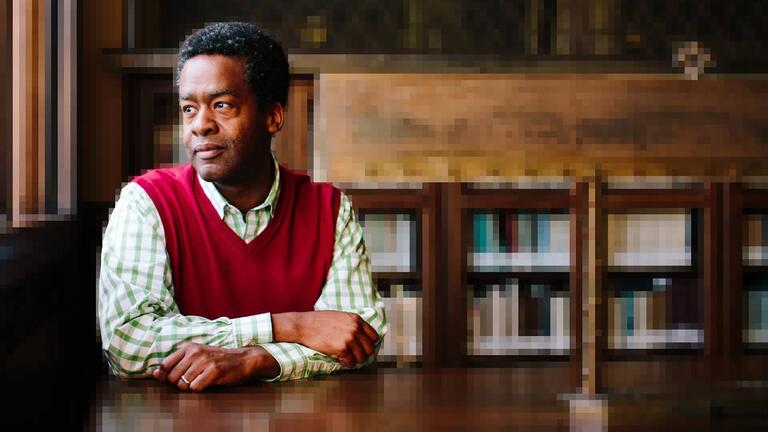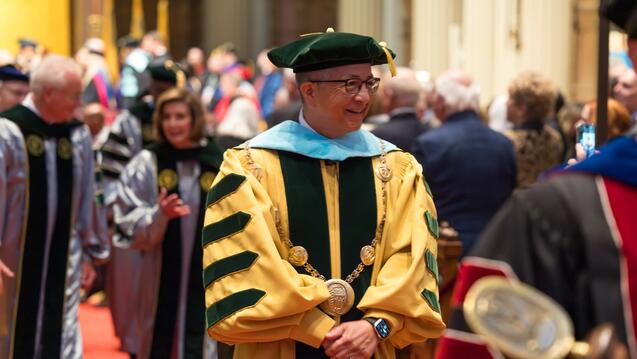
Take 5: AI and the Future of Work
1. What is AI, anyway?
AI is any kind of computing above basic procedural code, like checking your bank balance online. AI is pretty much anything that only a human might do — or has been expected to do until recently.
2. Example?
Alexa is AI. Siri is AI. Waymo the self-driving car is AI. Google Translate, your estimated time of arrival on Google Maps, your movie recommendations on Netflix, the “assistant” that summarizes your meetings, the machine that analyzes your X-rays — all AI.
3. Will AI take our jobs or give us jobs?
Yes. If you’d like to be employed in five or 10 years, I recommend you learn AI. Start by understanding what AI is and how it affects the field you’re in. If you work somewhere in technology, finance, economics, nursing, or law, you may already be using AI. But if you work in a library, you’ll have to try a little harder to see the implications of AI. You could use AI to identify your audience and tell you how to better serve that audience. Take a course in AI adoption. Apply it to your profession.
4. What if I don’t want to work in technology?
No problem. You can still be a teacher, therapist, artist, writer, researcher. We still need humans to do jobs that require judgment, creativity, and emotional intelligence. But it’s better if you can work with AI. Think of it as a helper instead of a threat.
5. But doesn’t AI use a lot of energy?
Yes. A question to ChatGPT takes about 10 times the electricity of a search on Google. DeepSeek may change that a little, but the trend is for AI models’ energy appetite to double about every 100 days. Is something generated by ChatGPT worth the loss of Earth’s polar ice caps? I don’t think so. Fortunately, engineers and scientists are working to shrink the carbon footprint of AI. Maybe technology is both the illness and the cure.


